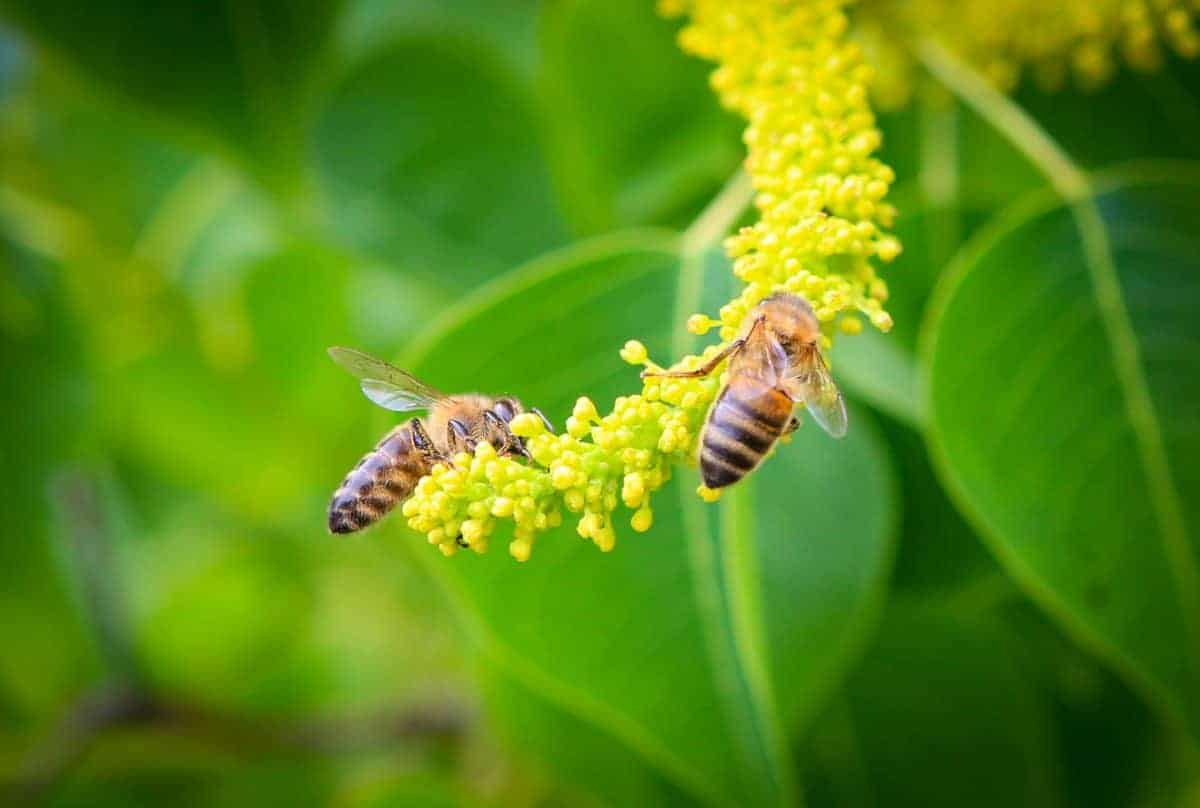
Their pollinating powers are essential for our food production, but it seems that honey bees are also top of the class when it comes to maths.
The busy bees are talented mathematicians – able to learn and apply the rules of ‘less than’ and ‘greater than’, according to a new study.
Researchers from the University of Toulouse in France and RMIT University in Australia discovered that bees can discriminate between four and five – but only if they are trained correctly.
In previous studies, honey bees that were able to distinguish between three and four were rewarded with a sip of super-sweet sugar water when they made the correct choice, and a taste of plain water when they got it wrong.
However study leader Dr Scarlett Howard and her colleagues decided to pursue a different strategy.
Maybe, the researchers thought, basic numeracy wasn’t the bees’ problem – perhaps it was how the question itself was posed.
When the bees were unable to distinguish between two numbers, they would be given a bitter-tasting sip of quinine-flavoured water – in the hope that it would improve their focus and improve their maths.
Dr Howard, who moved to France each April so she could continue her experiment during the Australian winter, said: “The honey bees were very cooperative, especially when I was providing sugar rewards.”
She trained the bees to enter a Y-shaped maze, then presented them with a choice between a card featuring four shapes, and another featuring a different number between one and ten.
In the initial training sessions, Dr Howard rewarded the bees with a sugary sip when they correctly chose the card with four shapes, and a sip of plain water when they chose the other.
Then, with a second set of bees, she gave the bees a sip of bitter-tasting sip of quinine when they chose incorrectly, and continued to reward them with a sugary bee when they got it right,
The bees that had only been rewarded during their training struggled – and were unable to differentiate between four and eight shapes.
However, when Dr Howard tested the honey bees that had received a bitter quinine drink when they got it wrong, their performance was considerably better – consistently picking the card with four shapes over the others.
Most impressively, those bees succeeded when offered the more subtle choice between four and five shapes.
The findings were published in the Journal of Experimental Biology.